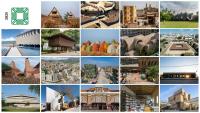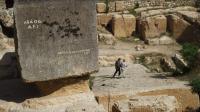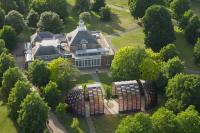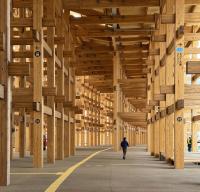Robotics and Mechatronics Center
Oberpfaffenhofen, Germany
DLR Robotics and Mechatronics Center (RMC) in Oberpfaffenhofen is worldwide one of the largest of its kind. The application of technology and systems are focusing primarily on the research areas: space, aeronautics, and transport. They also find application in other societal areas, such as medical robotics, factory of the future, and personal robot assistance. With the new design the RMC receives an autonomous building block, which distinguishes the scientific campus of the German aeronautics and space research centre (DLR). The building’s entrance with a canopy over the forecourt embodies an inviting gesture towards guests and staff. Within a large-scale compact structure that is organised around four courtyards, the various spaces are composed on three upper, and one lower floor. The ground floor houses most of the laboratory and research areas. Allocated to the entrance, the lab area serves as a prelude to the Robotics and Mechatronics Center. Recent developments, research results, and test stands can be presented to visitors on a tour through the building. The main lab is located at the heart of the building. On three sides it is enclosed by other laboratories, whilst being connected by spacious openings. Above the “laboratory plinth” on the ground floor, the two upper floors accommodate the “research landscape” with scientists’ offices. The two spaces are connected via a multi-storey atrium in the foyer. Offices with one, two and four work stations are clustered in loops around the four courtyards. Every floor features generous communication areas. These provide space for informal meetings in front of the offices.
The most striking feature of the new building is the envelope with its swivelling vertical lamellas, which serve as sun protection on the upper floors. With the structure divided into plinth and superstructure the façade composition reflects the internal organisation. Lamellas made of perforated aluminium elements guarantee anti-glare work stations inside. On the outside, these generate a differentiated appearance permanently adapting to daytime and season.
- Architects
- Birk Heilmeyer und Frenzel Architekten
- Location
- Oberpfaffenhofen, Germany
- Year
- 2015
- Client
- Deutsches Zentrum für Luft- und Raumfahrt e.V
- Competition
- 2010, 1st prize


























